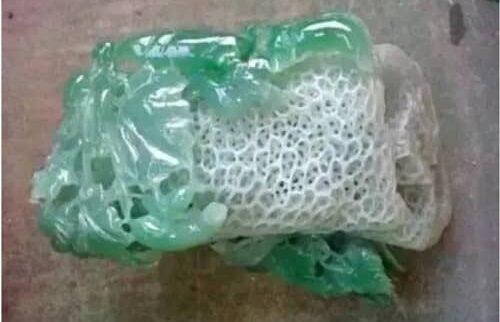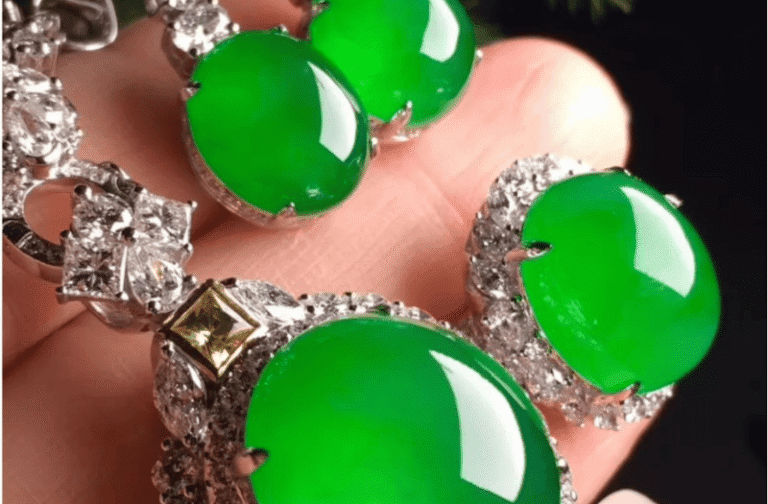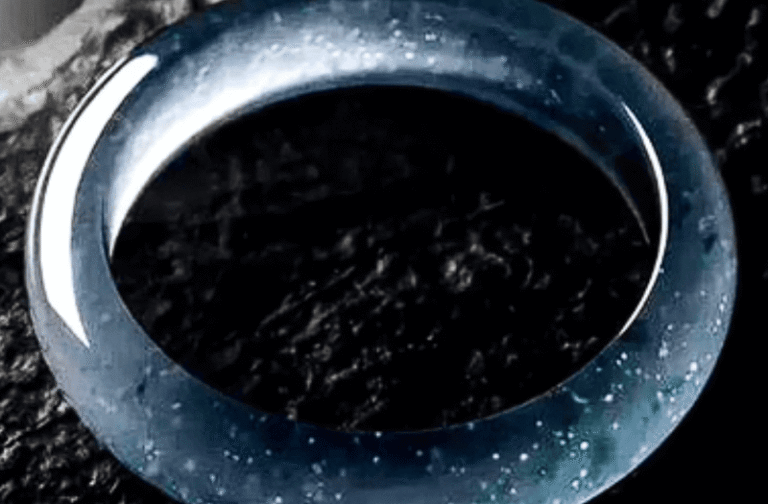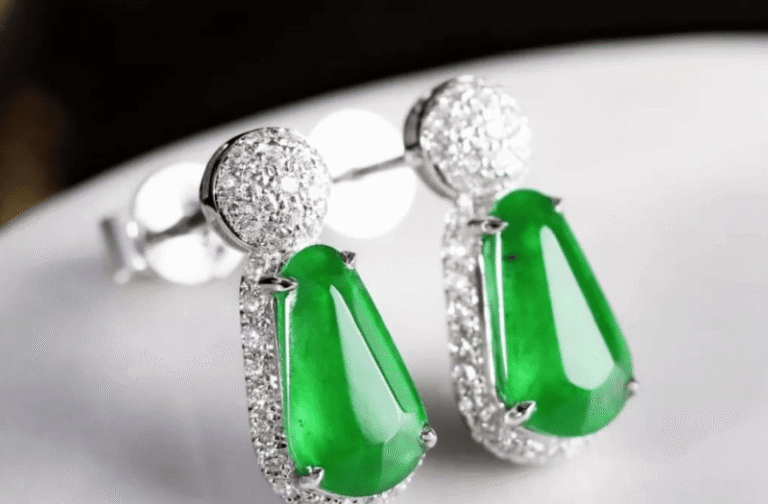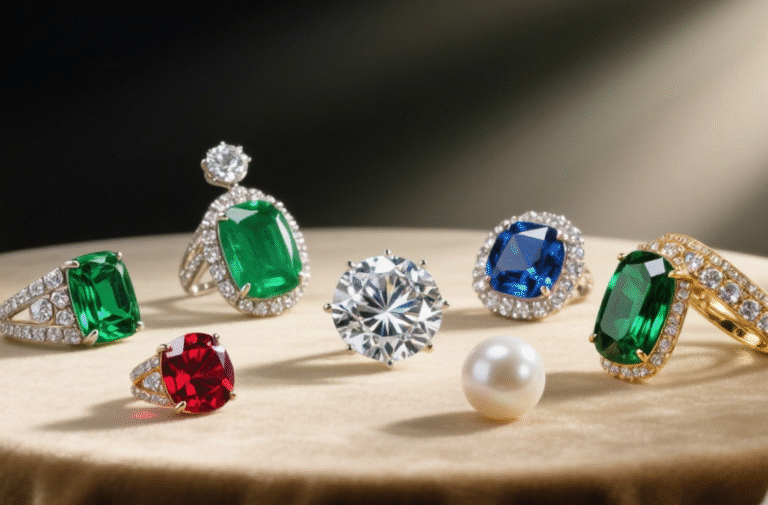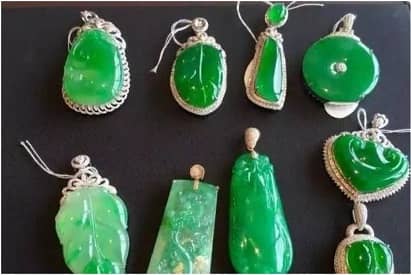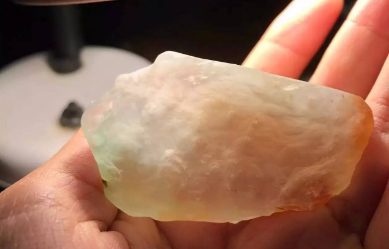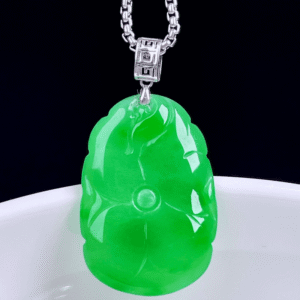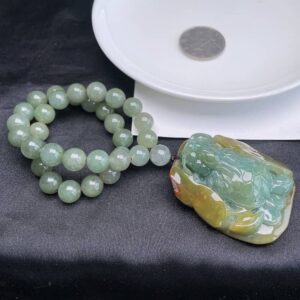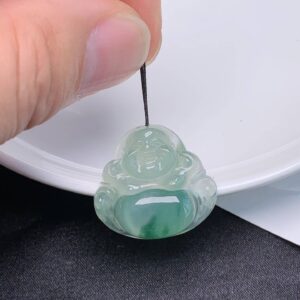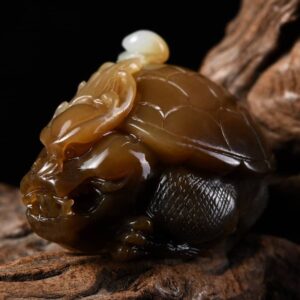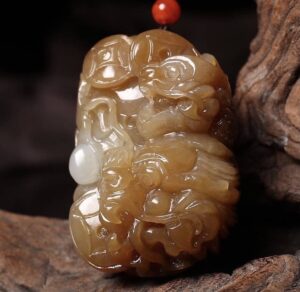Abstract
Jadeite carving is a millennia-old art form, transforming raw stone into breathtaking sculptures. Far beyond mere shaping, the mastery of diverse carving techniques imbues each piece with unique beauty and significantly enhances its value. This guide introduces the most common and intricate methods – from three-dimensional round carving to delicate chain carving – used by master artisans to create these coveted artworks. Learn to appreciate the nuanced artistry behind jadeite sculptures and understand why the complexity of their craftsmanship elevates them to true masterpieces.

Introduction: Beyond the Gem – Appreciating Jadeite as Fine Art
When you admire a jadeite sculpture, what do you truly see? Is it just the vibrant color, or the ethereal translucency? For connoisseurs, the soul of a jadeite piece often lies in its carving (Gong) – the intricate techniques that bring the stone to life. Different carving methods leave distinct marks, contributing to the jadeite’s unique aesthetic appeal and significantly increasing its artistic and monetary value.
The more diverse and complex the carving techniques employed, the higher the craftsmanship value, making the artwork more precious. So, what are the common yet sophisticated carving techniques that define excellence in jadeite sculpture today? Let’s explore the artistry that makes these pieces truly stand out.
Unveiling the Master’s Hand: Essential Jadeite Carving Techniques
1. Round Carving (Yuán Diāo): The Three-Dimensional Masterpiece
Round carving, also known as three-dimensional sculpture or “carving in the round,” refers to non-compressed, volumetric sculptures designed to be admired from all angles.

- Characteristics: This technique demands that the artisan sculpts from every perspective – front, back, left, right, top, and bottom. Consequently, the viewer can appreciate all sides of the object, revealing its full form and intricate details from any vantage point.
- Artistic Impact: Round carving brings a lifelike quality to jadeite, allowing the piece to truly inhabit three-dimensional space, captivating the eye from every turn.
2. Relief Carving (Fú Diāo): Creating Depth on the Surface
Relief carving involves sculpting raised patterns or forms onto the surface of the jadeite material by compressing their volume. This technique creates a sense of three-dimensionality and spatial depth on a relatively flat plane. It emerged as a decorative carving method after round carving.
- Variations: Based on the degree of compression, relief carving is categorized into three types:
- Deep Relief : Features significantly raised elements, creating strong shadows and a pronounced sense of depth.
- Medium Relief: Elements are moderately raised, offering a balanced interplay of light and shadow.
- Shallow Relief: Elements are subtly raised, providing a delicate texture and nuanced visual effect.
- Artistic Impact: Jadeite carvings often combine these different relief techniques to maximize the beauty and intricate detail of the piece, playing with light and shadow to bring the design to life.
3. Openwork Carving (Tòu Diāo): The Art of Negative Space
Openwork carving, also known as pierced carving, is a technique where parts of the background are cut away or hollowed out, while the raised elements of the design are preserved.

- Characteristics: It’s often an evolution of relief carving, where the background portion is completely removed, creating transparent or open spaces. These often utilize an “insert screen” style for display, allowing light to pass through and highlight the remaining design.
- Variations: Includes intricate patterns like cross-shaped openwork, circular openwork, or decorative motif openwork.
- Artistic Impact: This technique creates a delicate, airy feel, adding depth and complexity by utilizing negative space and allowing the surrounding light to interact with the sculpture.
4. Chain Carving (Liàn Diāo): The Ultimate Test of Precision
Chain carving is an extraordinary technique where an entire, continuous, movable chain is carved from a single, solid piece of jadeite.
- Demanding Material: This technique places immense demands on the jadeite’s quality. Only material with exceptional fineness and complete absence of cracks is suitable, as any flaw can lead to breakage.
- Unforgiving Process: The carving of each individual link in the chain is incredibly intricate and challenging. A single mistake can render the entire piece of jadeite worthless, making it a true testament to the carver’s skill and precision.
- Artistic Impact: Chain carving showcases unparalleled mastery and transforms solid jade into a flexible, dynamic, and seemingly impossible creation, captivating viewers with its delicate yet robust nature.
5. Hollow Carving (Lóu Diāo): Refined Openwork
Hollow carving, also known by some as a specific form of openwork, involves hollowing out the background portion of a piece that is essentially based on a relief carving.

- Characteristics: This technique can involve carving from a single side (single-sided hollow carving) or from both sides (double-sided hollow carving), creating intricate patterns where the background is completely removed.
- Relationship to Openwork: While often used interchangeably, “Hollow Carving” sometimes implies a more delicate, internal hollowing, or a specific application of pierced work where the object appears freestanding within its hollowed space.
- Artistic Impact: Similar to openwork, hollow carving emphasizes the primary subject by removing surrounding material, allowing light and shadow to play a crucial role in defining the form and enhancing its intricate details.
Conclusion: Unlocking the Deeper Beauty of Jadeite Sculpture
The beauty of jadeite carving is not just in what you see, but in understanding the sophisticated techniques and immense skill required to create it. Each method—from the volumetric power of round carving to the delicate precision of chain carving—leaves an indelible mark, elevating the jadeite from a precious stone to a magnificent work of art. By appreciating these intricate carving techniques, you unlock a deeper understanding of jadeite’s inherent value and the unparalleled artistry of its creators.

